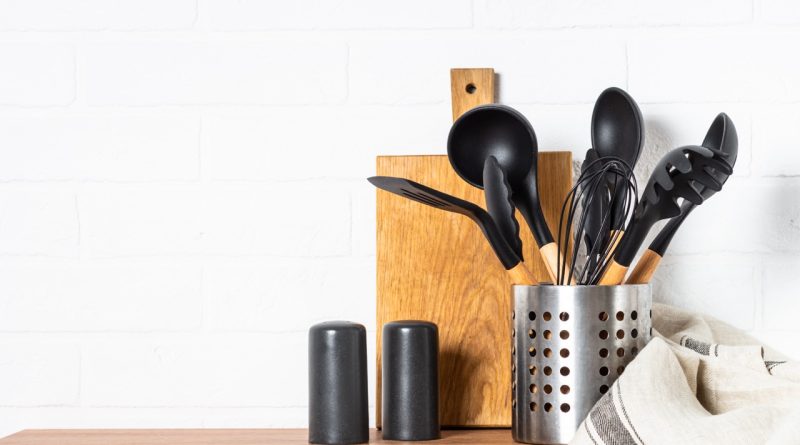How Zwilling Blends German And Japanese Knife Traditions
Zwilling, a renowned name in the world of kitchen cutlery, stands at the crossroads of German and Japanese knife craftsmanship. With a legacy steeped in centuries of tradition, Zwilling has successfully merged the precision and artistry of Japanese knives with the robust engineering of German blades. This article delves into the rich heritage of both traditions, explores the unique fusion that Zwilling represents, and offers guidance on selecting the perfect knife to suit your culinary needs.
Understanding the Heritage of German Knife Craftsmanship
German knife craftsmanship is characterized by its emphasis on durability and functionality. Originating in Solingen, a city often referred to as the "City of Blades," German knives are renowned for their high-carbon stainless steel, which ensures a sharp edge and exceptional corrosion resistance. The manufacturing process often involves a combination of forging and tempering, resulting in blades that are not only sharp but also resilient.
One of the hallmarks of German knives is their balanced weight and ergonomic designs, which allow for prolonged use without causing fatigue. The use of traditional techniques, such as hand-forging and extensive polishing, contributes to the overall quality and performance of the blades. This meticulous attention to detail ensures that German knives are not only tools but also finely crafted instruments that can elevate the cooking experience.
Moreover, German knife makers often prioritize user feedback in their design process, leading to a product that is both practical and user-friendly. This focus on functionality has made German knives a staple in kitchens around the world, cherished by both professional chefs and home cooks alike.
The Art of Japanese Knives: Precision and Aesthetics
In contrast, Japanese knives are celebrated for their exceptional precision and artistry. Traditional Japanese knife-making techniques often date back to the samurai era, where craftsmen utilized ancient methods to forge blades that were light, agile, and incredibly sharp. Japanese knives typically feature a thinner blade profile, allowing for more delicate cuts and a finer edge retention compared to their German counterparts.
The aesthetic appeal of Japanese knives is another defining aspect. Many knives are adorned with intricate patterns and are often made from high-quality materials such as VG-10 or blue steel. These materials not only enhance performance but also add a unique visual element that appeals to culinary enthusiasts. The craftsmanship involved in creating a Japanese knife often includes hand-honing and polishing techniques that highlight the skill of the artisan.
Furthermore, the philosophy behind Japanese knife-making emphasizes the relationship between the chef and their tools. A Japanese knife is often seen as an extension of the chef’s hand, enabling a deeper connection to the culinary process. This cultural significance adds an emotional layer to the use of these knives, making them not just tools but cherished possessions in the kitchen.
Zwilling’s Unique Fusion: Techniques and Materials
Zwilling has effectively blended the strengths of both German and Japanese knife-making traditions to create a unique line of knives that caters to a wide range of culinary styles. The fusion begins with the materials; Zwilling utilizes high-carbon stainless steel that combines the durability of German blades with the sharpness of Japanese steel. This results in knives that are not only robust but capable of achieving fine, precise cuts.
The manufacturing process at Zwilling incorporates techniques from both traditions. For instance, they employ German forging techniques while also adopting Japanese honing methods that enhance the blade’s edge. This dual approach ensures that Zwilling knives maintain their sharpness longer and can withstand the rigors of daily use. Additionally, the ergonomic designs are influenced by both styles, offering a comfortable grip that aids in extended culinary tasks.
Moreover, Zwilling’s commitment to innovation has led to the development of modern technologies, such as their patented ice-hardening process, which enhances the durability and performance of the blades. This unique combination of traditional craftsmanship and modern engineering results in knives that are not only aesthetically pleasing but also functional and reliable.
Choosing the Right Zwilling Knife for Your Culinary Needs
When selecting a Zwilling knife, it’s essential to consider your cooking style and the specific tasks you frequently undertake. For general-purpose use, a chef’s knife is a versatile choice that can handle a variety of ingredients, from vegetables to meats. Zwilling offers chef’s knives that blend German robustness with Japanese sharpness, making them suitable for both home cooks and professional chefs.
If precision is a priority, you might opt for a Japanese-style Santoku knife. This knife is ideal for fine slicing and dicing, and its lightweight design facilitates nimble movements, making it perfect for intricate preparations. Zwilling’s Santoku knives maintain the high standards of Japanese craftsmanship while incorporating the durability that German knives are known for.
Lastly, consider the maintenance requirements of your chosen knife. Zwilling knives are designed for easy care, but understanding how to properly sharpen and store them can significantly extend their lifespan. Investing in a quality knife sharpener and practicing proper storage techniques will ensure that your Zwilling knife remains a reliable companion in your culinary journey.
Zwilling’s ability to blend German and Japanese knife traditions offers a unique opportunity for culinary enthusiasts to experience the best of both worlds. By understanding the heritage, techniques, and materials involved, as well as how to choose the right knife for your cooking style, you can elevate your culinary skills and enjoy the art of knife work. With Zwilling, you’re not just purchasing a tool; you’re investing in a legacy of craftsmanship that enhances every meal prepared.
